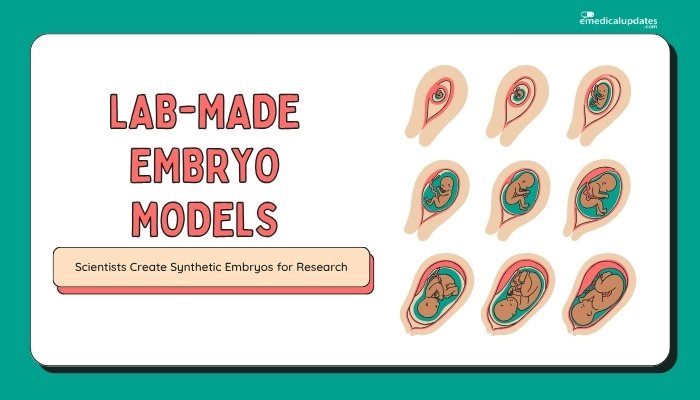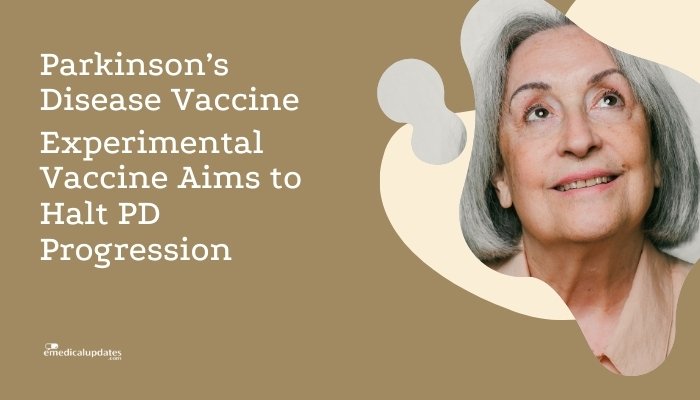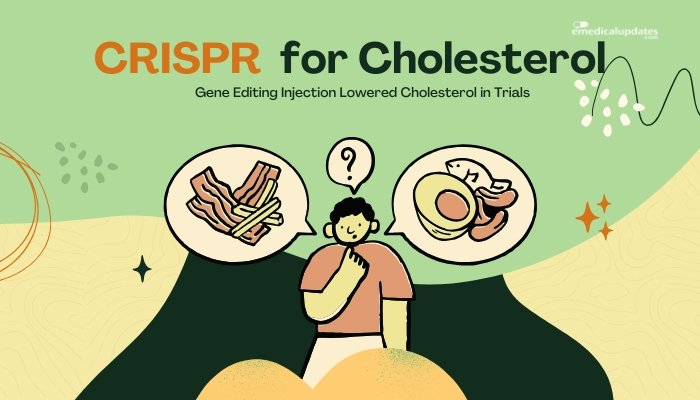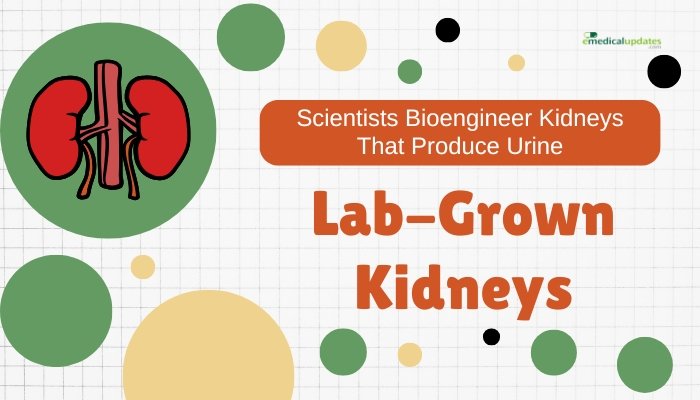Introduction
Understanding how a human embryo develops at its earliest stages remains one of biology’s greatest frontiers. However, research on actual embryos is highly regulated and limited by both practical and ethical constraints. Recently, scientists have pioneered lab-made embryo models—often referred to as synthetic embryos or “embryoids”—grown from stem cells rather than sperm and egg.
While these structures are not viable for full development into a live organism, they closely mimic many early embryonic features, offering unprecedented insight into how tissues form. This article delves into how these embryo models are made, their potential in revealing developmental mysteries, and the ethical complexities they raise.
How Synthetic Embryo Models Are Created
Stem Cell Foundations
The process typically begins with pluripotent stem cells—either embryonic stem cells or induced pluripotent stem cells (iPSCs). By exposing these cells to carefully orchestrated growth factors, signals, and culture conditions, researchers guide them into self-organizing structures reminiscent of embryos:
- Cell Aggregation: Stem cells form clusters in a dish.
- Differentiation Cues: Chemical signals prompt cells to adopt different lineages (endoderm, mesoderm, ectoderm).
- Self-Organization: The clusters spontaneously arrange into concentric layers, somewhat mimicking the architecture of natural embryonic tissues.
Limitations vs. True Embryos
While these embryo-like models may display early embryonic features (like a primitive streak or yolk sac analog), they lack the full capacity to implant in the womb or mature into a functional fetus. Researchers emphasize that these structures are used purely for investigative purposes, not for reproductive ends.
Why Create Synthetic Embryo Models?
Developmental Insights
Studying real human embryos is restricted to about 14 days in culture under current laws, limiting knowledge of later phases. Synthetic models allow scientists to examine processes like gastrulation or initial organ precursor formation without using fertilized embryos.
Disease and Defect Research
Many congenital disorders trace back to missteps during these earliest weeks of development. By replicating these stages in a dish, scientists can investigate how genetic or environmental disruptions cause structural or functional anomalies—potentially leading to targeted interventions.
Alternative to Animal Models
While mice or other animals serve as stand-ins, their embryonic processes diverge from humans at key junctures. Human embryo models derived from stem cells can be more accurate for certain questions about human-specific development or pathology.
Ethical and Regulatory Questions
Controversies in Research
Critics worry these structures might approach a “human embryo” status, raising concerns about moral status, potential for life, and legal definitions:
- Artificial Womb Potential: Some fear that, eventually, advanced embryo-like constructs might be grown further in artificial uteruses or advanced incubators.
- Policy Gaps: Many jurisdictions haven’t updated guidelines to address synthetic embryos, creating confusion about permissible research boundaries.
Proposed Guidelines
Leading scientific bodies advocate for:
- Strict Oversight: Careful review boards evaluating each proposed experiment, ensuring no attempt to implant or develop these models beyond a certain stage.
- Transparent Public Dialogue: Encouraging open discourse about the line between beneficial research and ethically fraught territory.
Future Applications
Drug Testing and Toxicology
By applying candidate drugs or chemicals to embryoids, researchers might detect early embryonic toxicity. This testing approach could reduce reliance on animal models and improve human relevance.
Enhanced Reproductive Research
While the stated aim is not to create viable embryos for reproduction, some glean that breakthroughs in embryo modeling could eventually inform fertility treatments or reveal causes of miscarriages at the earliest stages.
Refining Stem Cell Therapies
Studying how cells self-organize in embryo models may sharpen our ability to produce organoids or tissues for regenerative medicine, bridging the gap to fully functional organ creation in the lab.
Frequently Asked Questions
- Are synthetic embryos the same as real embryos?
- No. These models closely mimic aspects of early embryonic development but cannot implant in a womb or mature into a fetus.
- Why not just use actual embryos for research?
- Ethical constraints, limited supply, and the 14-day rule hamper long-term research on real human embryos. Synthetic models circumvent these barriers while avoiding the use of fertilized eggs.
- How close are we to “growing babies in labs”?
- That scenario remains remote and is not the goal of these studies. The current technology aims to study early development, not produce viable offspring.
- Do these models experience consciousness or pain?
- At early stages of development, these structures lack the neural complexity for sensation or consciousness, akin to pre-organ formation stages in real embryos.
- What about legal regulation?
- Regulations vary by country. Many are updating or clarifying policies around synthetic embryo research, especially concerning moral status and permissible endpoints.
Conclusion
Synthetic embryo models derived from stem cells stand at the cutting edge of developmental biology, offering unparalleled windows into crucial early phases of human life formation—without using actual fertilized embryos. By recapitulating processes like gastrulation in vitro, scientists can probe the origins of birth defects and test potential interventions. Although these embryo-like structures have no capacity for full development, their conceptual closeness to real embryos raises ethical and regulatory complexities. Ongoing dialogue between scientists, ethicists, policymakers, and the public will shape how far this research can proceed—and how it may enrich our understanding of fertility, congenital disorders, and the miracle of human development.
References
-
Deglincerti A, et al. (2016). “Self-organization of the in vitro attached human embryo.” Nature.
-
Shahbazi MN, et al. (2017). “Mammalian embryo-like structures from stem cells.” Science.
-
Hyun I, et al. (2020). “Policy and ethical considerations in creating synthetic embryo-like structures.” Dev Cell.
-
ISSCR (2021). “Guidelines for stem cell research and clinical translation.”







